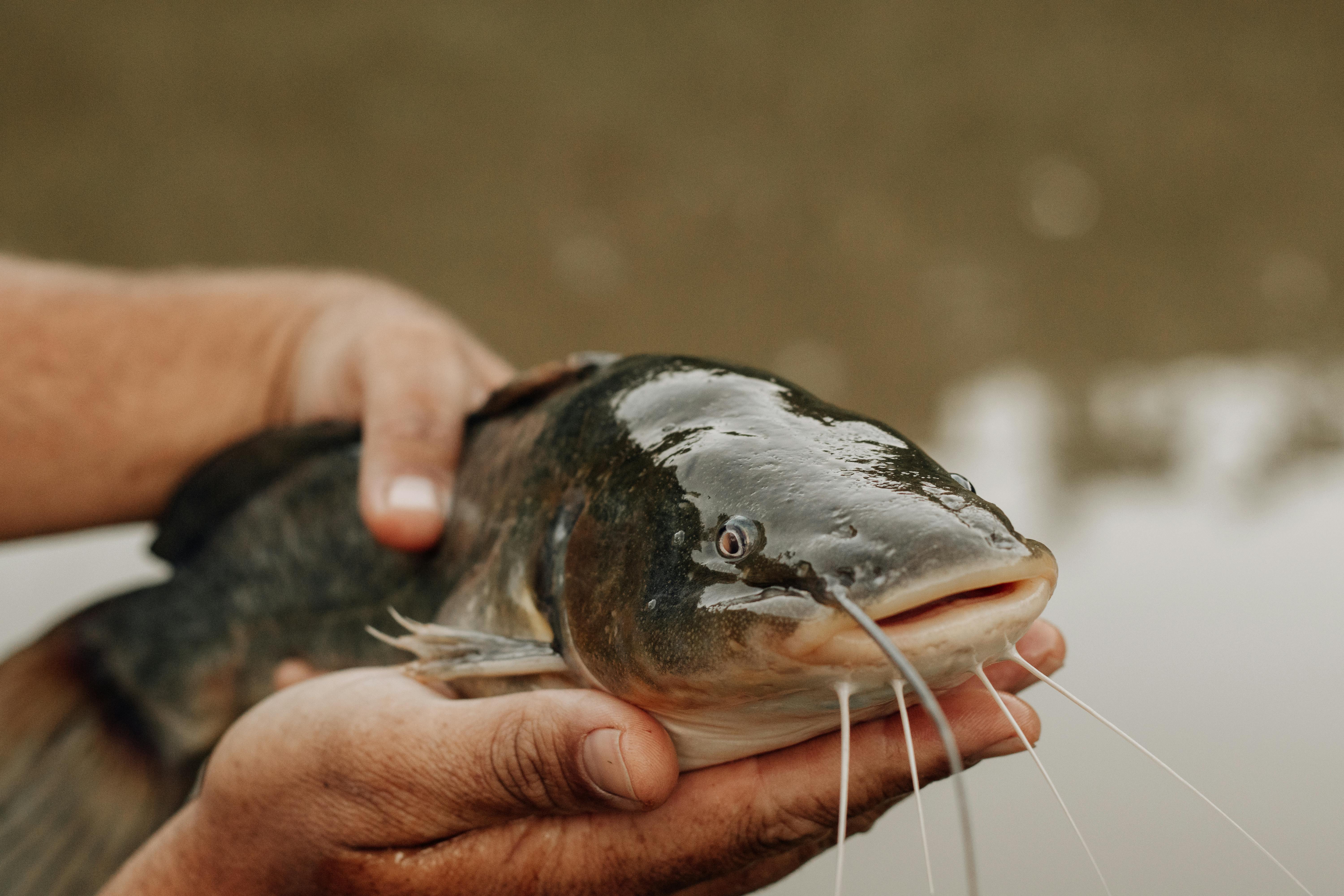Microalgae-enriched Artemia salina enhances growth performance and nutritional value in African catfish (Clarias gariepinus) larvae compared to unenriched Artemia
DOI:
https://doi.org/10.59120/drj.v16i3.432Keywords:
African catfish, Artemia enrichment, microalgae, nutritional value, survivalAbstract
Sole Artemia is an incomplete diet for African catfish (Clarias gariepinus) larvae due to insufficient essential nutrients. Microalgae is a potential Artemia enrichment diet whose cultivation is limited by the high cost of culturing media. The study evaluated the growth performance and nutritional value of C. gariepinus larvae fed newly hatched Artemia salina nauplii. The C. gariepinus larvae in the control group were fed unenriched Artemia nauplii, while the treatment group received Artemia nauplii enriched with the microalgae Chlorella vulgaris. The C. vulgaris was batch-cultured using banana stem compost extract (BSCE) as the least-cost medium, and the Artemia cysts were hatched according to standard protocols. The C. gariepinus larvae were hatched and stocked at a density of 10 larvae/L with three replicates per treatment and fed four times a day for 15 days. Enriched Artemia had higher protein and carbohydrate content than unenriched Artemia (p < 0.05), while the dry matter, lipid, fiber, and ash content were the same in both diets (p > 0.05). The protein and lipid content, as well as all growth parameters, were significantly higher in C. gariepinus larvae fed enriched Artemia than in unenriched Artemia (p < 0.05). The results indicate that Artemia enriched with C. vulgaris cultured using BSCE medium is a suitable diet for enhancing the growth and survival of C. gariepinus larvae. This information is crucial for the successful production of C. gariepinus fish seeds with the ultimate goal of meeting the species' ever-increasing demands.
Downloads

Downloads
Published
Issue
Section
License
Copyright (c) 2025 Kulwa Mtaki, Angelina Michael, Margareth S. Kyewalyang, Matern S. P. Mtolera

This work is licensed under a Creative Commons Attribution-NonCommercial 4.0 International License.
DRJ is an open-access journal and the article's license is CC-BY-NC. This license allows others to distribute, remix, tweak, and build on the author's work, as long as they give credit to the original work. Authors retain the copyright and grant the journal/publisher non-exclusive publishing rights with the work simultaneously licensed under a https://creativecommons.org/licenses/by-nc/4.0/.









